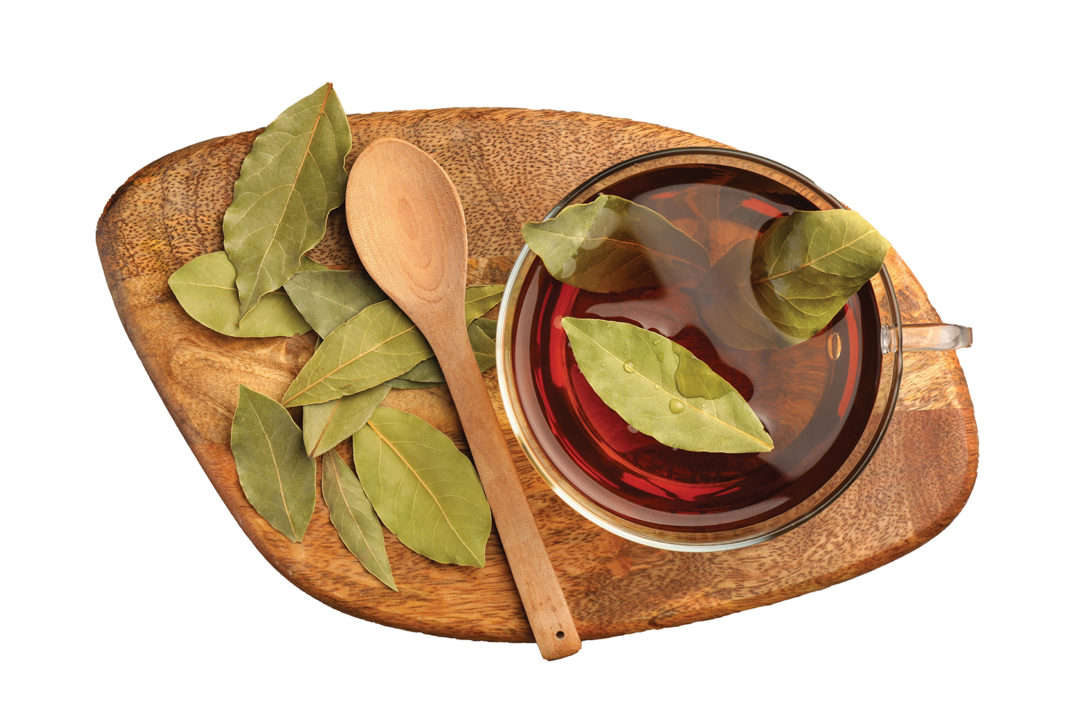As much as I love to cook, many of the things I do in the kitchen are things I have learned from the great cooks in my life, reading cookbooks, or watching cooking shows. I have always wondered why we took the bay leaf out before we ate the food. Was it not edible, and was it just for flavoring?
I learned much later that bay leaf may be good for our health!
Native to the Mediterranean, the bay laurel (Laurus nobilis) is a small evergreen tree that is extremely aromatic, with smells of sweet, bitter, savory, and even a bit spicy. These distinct smells come from the oil in both fresh and dried bay leaves. Around the world, you will find it used in a large cross section of cuisines, including Italian, Indian, Mexican, Thai, Caribbean, and dishes in the Philippines to name a few. From soups, broths, and stews, to appetizers to main meals, as well as my favorite side, stuffing, bay leaves are used. They can be used fresh or in dried form and are commonly brewed as a tea.
Whole bay leaves are usually removed for the risk of someone choking— that may be one reason why crushed dried leaves are so popular, in addition to the fact that the flavor is stronger when crushed.
But is flavoring the only strong benefit of the bay leaf?
Whole and crushed dried bay leaves have been used since ancient times as far back as the Greeks and Romans. History shows the bay leaf was revered for its culinary and medicinal properties around the world, including uses in folk medicine. Bay leaves can be used as a food flavoring, a tea, an essential oil, in topical preparations, in diffusers, candles, and skin care. Its properties do extend far from just a tasty flavoring in food.
Bay lead has traditionally been added to massage oil to soothe sore muscles, and even used on the scalp for hair growth. Its smell is soothing for headaches, stress, and occasional anxiety symptoms. Poultices have been rubbed on the chest and used in diffusers for respiratory support. Other benefits include antimicrobial and antioxidant properties.
The medically community has taken note of bay with studies on its effects on glucose, and cholesterol. One study demonstrated "beneficial effects of low levels (1–3 g per day) of bay leaves on glucose, total cholesterol, LDL cholesterol, HDL cholesterol and triglycerides in subjects with type 2 diabetes" (1). The researchers reported that bay leaves reduced serum glucose, total cholesterol, LDL cholesterol and triglycerides, and increased HDL cholesterol levels in people with type 2 diabetes (1).
Like many herbs, it is not recommended to be used while pregnant or breastfeeding. As always, on should consult a healthcare provider.










